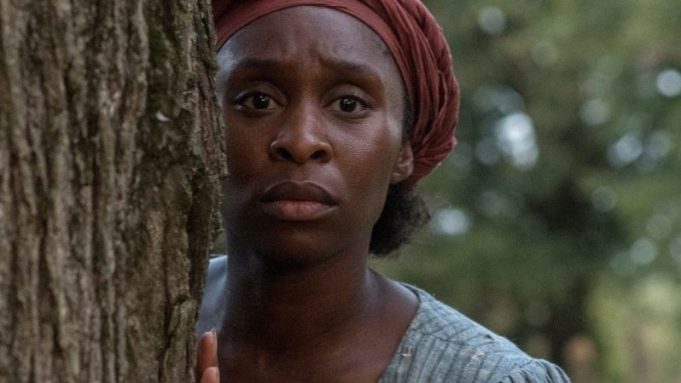‘Harriet’ tells the story of the American abolitionist, Harriet Tubman, who has become an American icon for her rescue missions that saved the lives of approximately 70 people from the horrors of slavery, followed by her role as a spy during the American Civil War and her political activism later.
Critics heaved large amounts of praise on the British actress, Cynthia Erivo for having played Harriet Tubman, with many reviewers even calling her performance Oscar worthy. While the movie mainly focuses on Tubman’s role in helping enslaved African-Americans flee using the Underground Rail Road system, Harriet Tubman did not rest after that. The movie does take some creative liberty to portray a few characters and events that are not known to have actually happened.
Who Was Harriet Tubman?
Born in Dorchester County, Maryland, the name given to Harriet Tubman at birth was Araminta “Minty” Ross around 1820. Her parents had been the property of the Brodess family, making Hariet a slave by birth as well. Confident even in her childhood, Harriet was known to have defied orders multiple times, leading to her demotion from domestic help to a field labourer. The latter taught her crucial things about nature which turned out to be helpful later in her life.
At the age of 13, Tubman found herself to be the unfortunate victim of her master’s angry confrontation with another slave. A two-pound lead weight thrown by her master missed its target and hit Harriet on the head mistakenly. This led to a severe head injury which caused Tubman severe headaches, seizures and hallucinations throughout her life. The movie’s portrayal of Harriet having visions from God in the movie were a direct result of the hallucinations caused by this injury.
When she was a child, three of her sisters had been sold by her master to the Deep South and her family never heard from them again. When Tubman’s master wanted to sell her only brother, her mother valiantly protected him warning anyone who would try to capture him to have their head split in two. Her mother’s valour and the fear of meeting her sisters’ fate motivated Harriet greatly to flee.
Harriet went on to marry a free, African-American man named John Tubman. However, her marriage to a free man would not change her slave status. All the children born of their union would have been compelled to the fate of slavery as well since the status of the mother decided the fate of her children then.
To avoid that fate, Harriet Tubman later found out that she and her mother had been kept as slaves illegally. She had found the will of her current owner’s grandfather that mentioned that Harriet’s mother should be set free after the age of 45 (and her children by extension should have been freed too). But Edward Brodess decided to dishonour his grandfather’s last wishes by not freeing Harriet’s mother and her children.
In 1849, Edward decided to sell Harriet off to the Deep South like her sisters. But he died a week later and Harriet saw this as her opportunity to escape despite her husband’s dissuasion. She used the North Star for directions and went on a long trek using the Underground Railroad System, which was a network of secret routes and safe houses that led to Canada. She was also aided by the conductors on the Underground Railroad System.
How Accurate is the Film?
‘Harriet’, the film, stays close to the truth for the most part. However, the characters of those that helped Harriet during her escape in the movie are fictionalized. Moreover, the character of Gideon Brodess (played by Joe Alwyn) – Edward’s son who seeks to catch Harriet after she has escaped was also fictional.
Harriet returned to Dorchester in order to meet her husband later but ended up finding out that he had married another woman. In the movie, Harriet’s husband is shown having heard a rumor that she was dead leading him to his decision to marry another woman. However, in reality, Harriet’s husband had disapproved of her escape plan when they were together and had decided to remarry when Harriet eventually did.
On her way back, eleven people who had been enslaved joined her. With several trips to and from Maryland, Harriet was able to help up to 70 people escape. The movie mainly focuses on Harriet Tubman’s escape and her aid to other slaves in escaping.
Later, Tubman worked as a spy for the Union Army during the American Civil War and also rallied for women’s suffrage in the United States. Obviously, to cover everything in two hours is almost impossible, especially when it comes to life as eventful and inspirational as Harriet’s.
Read More: Best True Story Movies on Netflix

